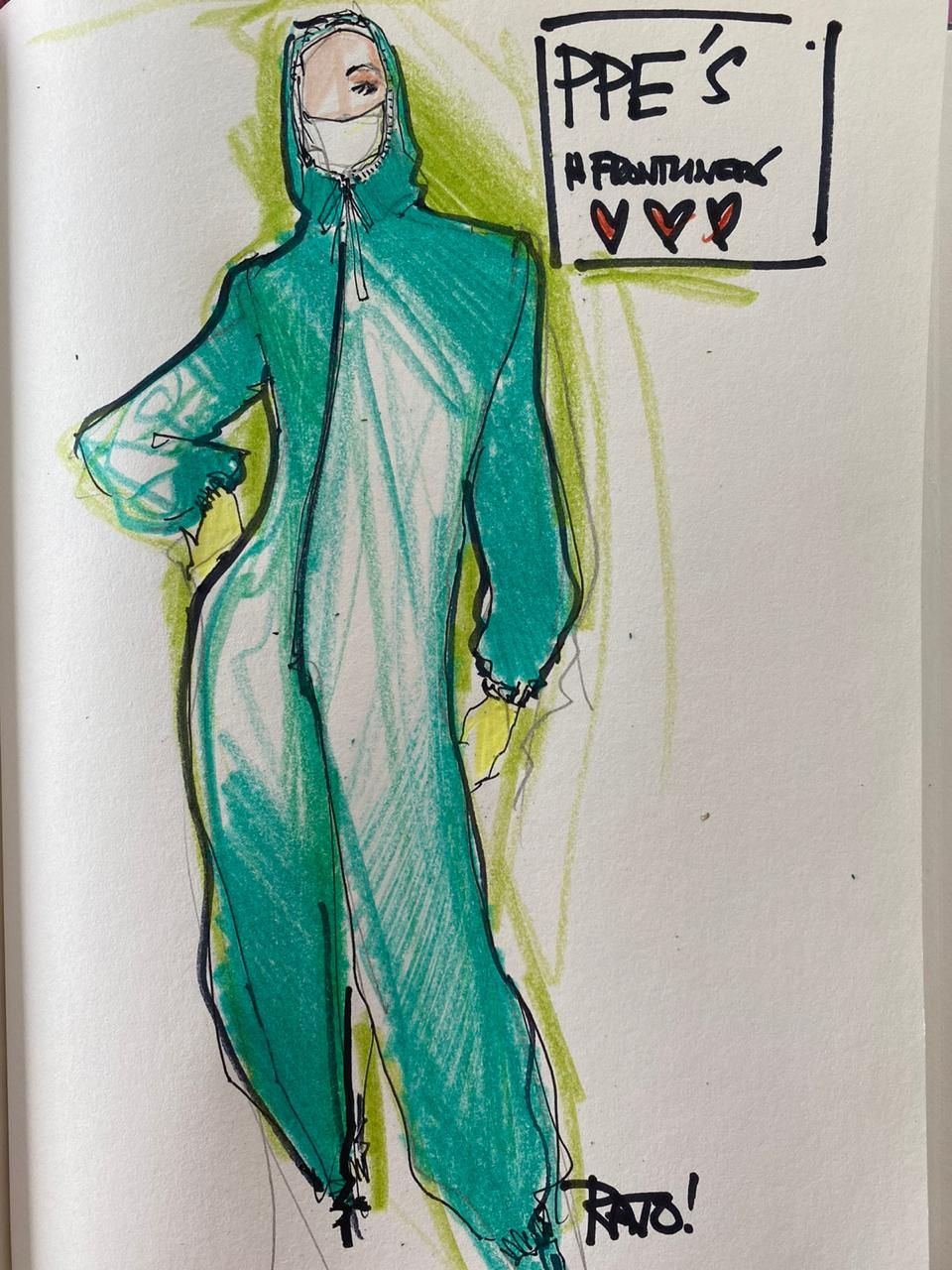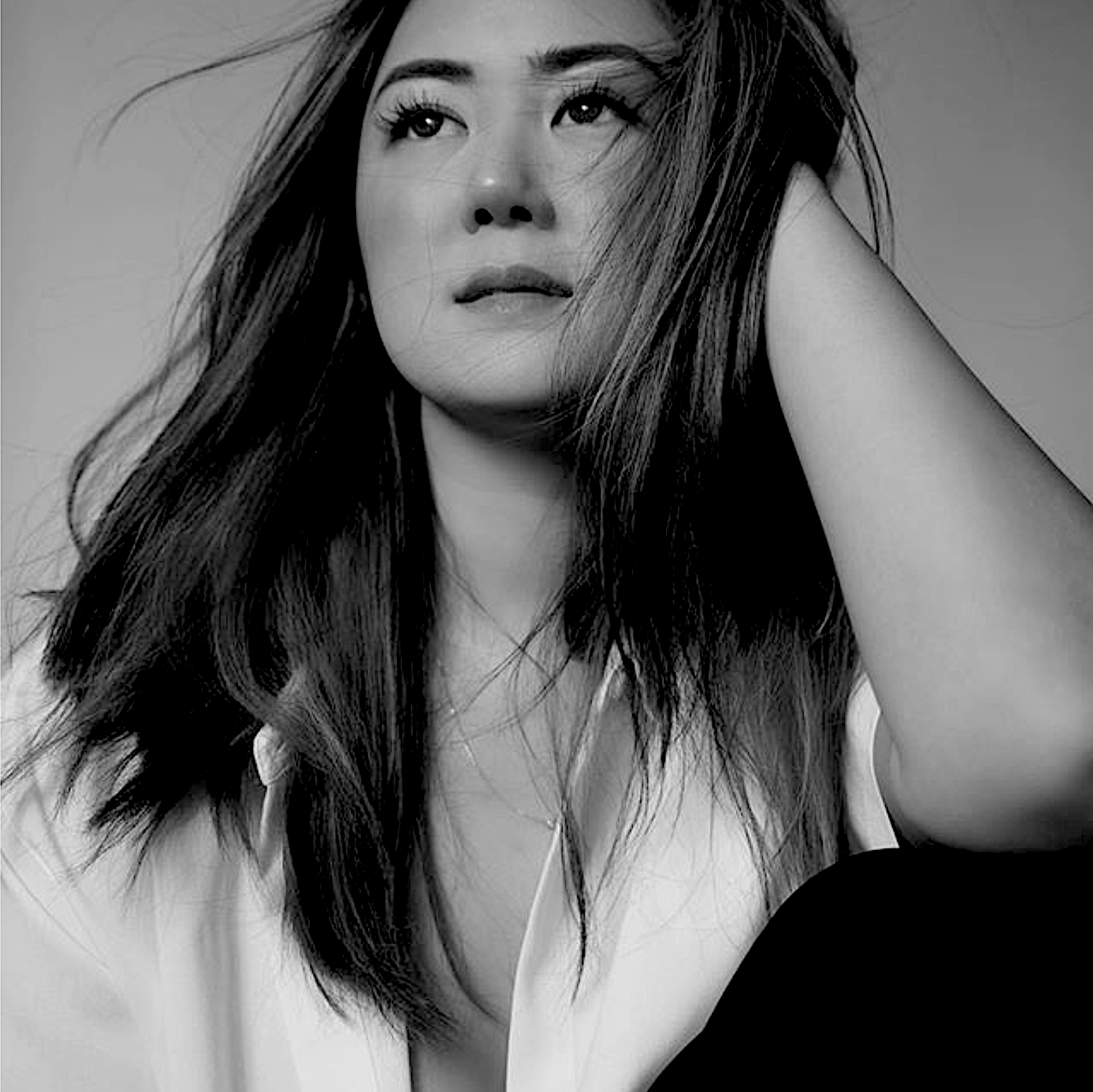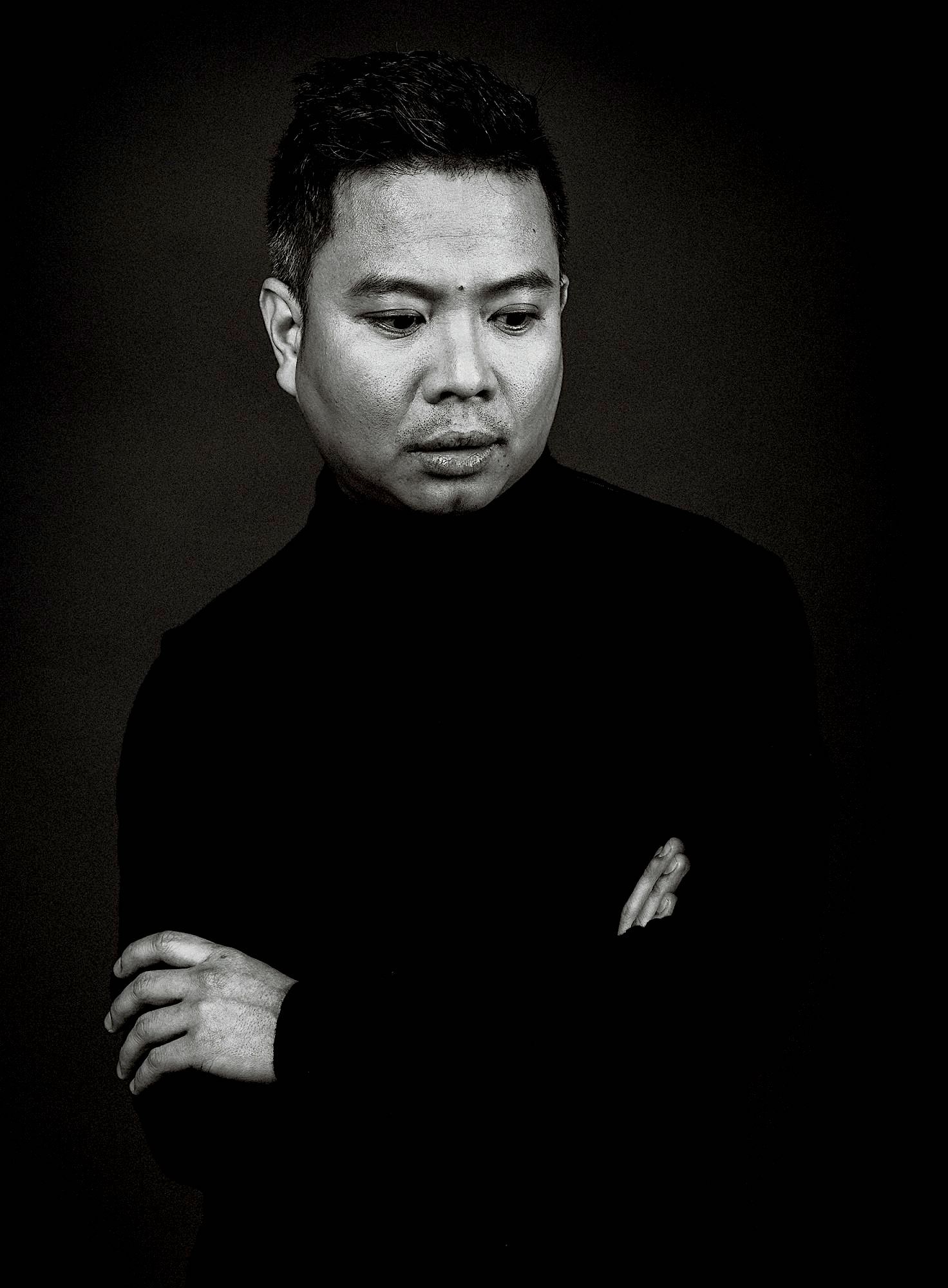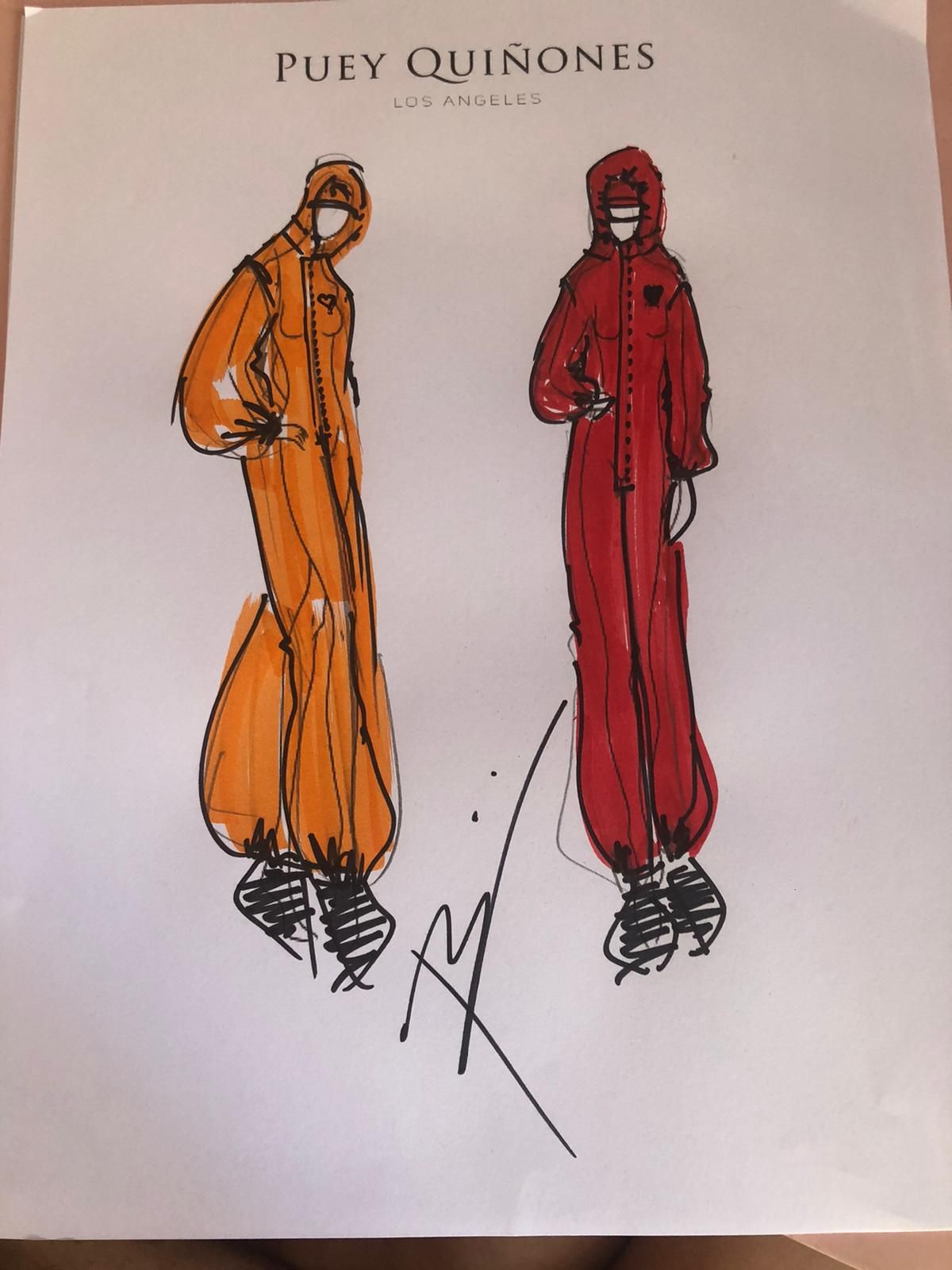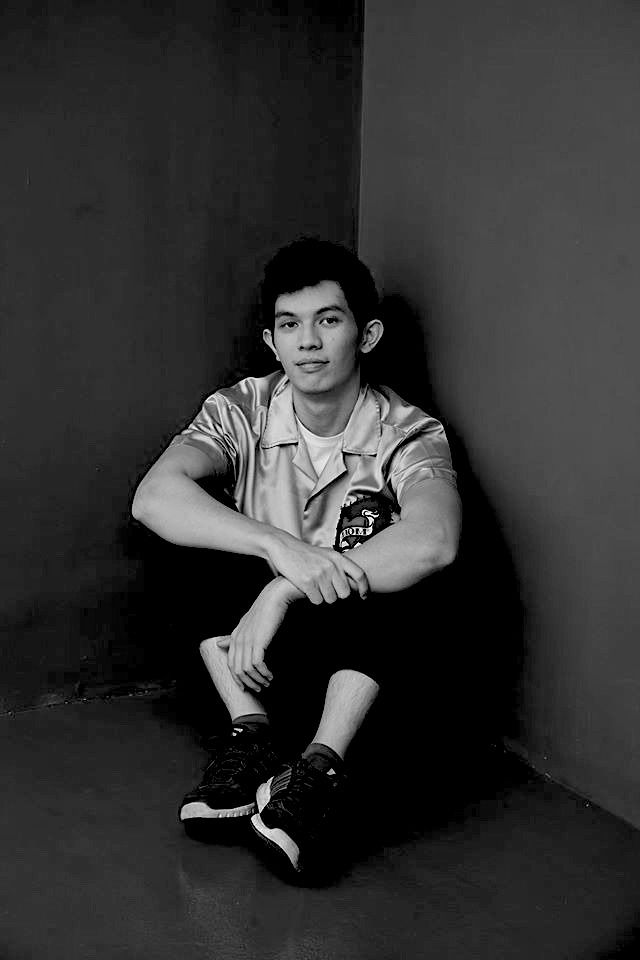Rajo Laurel
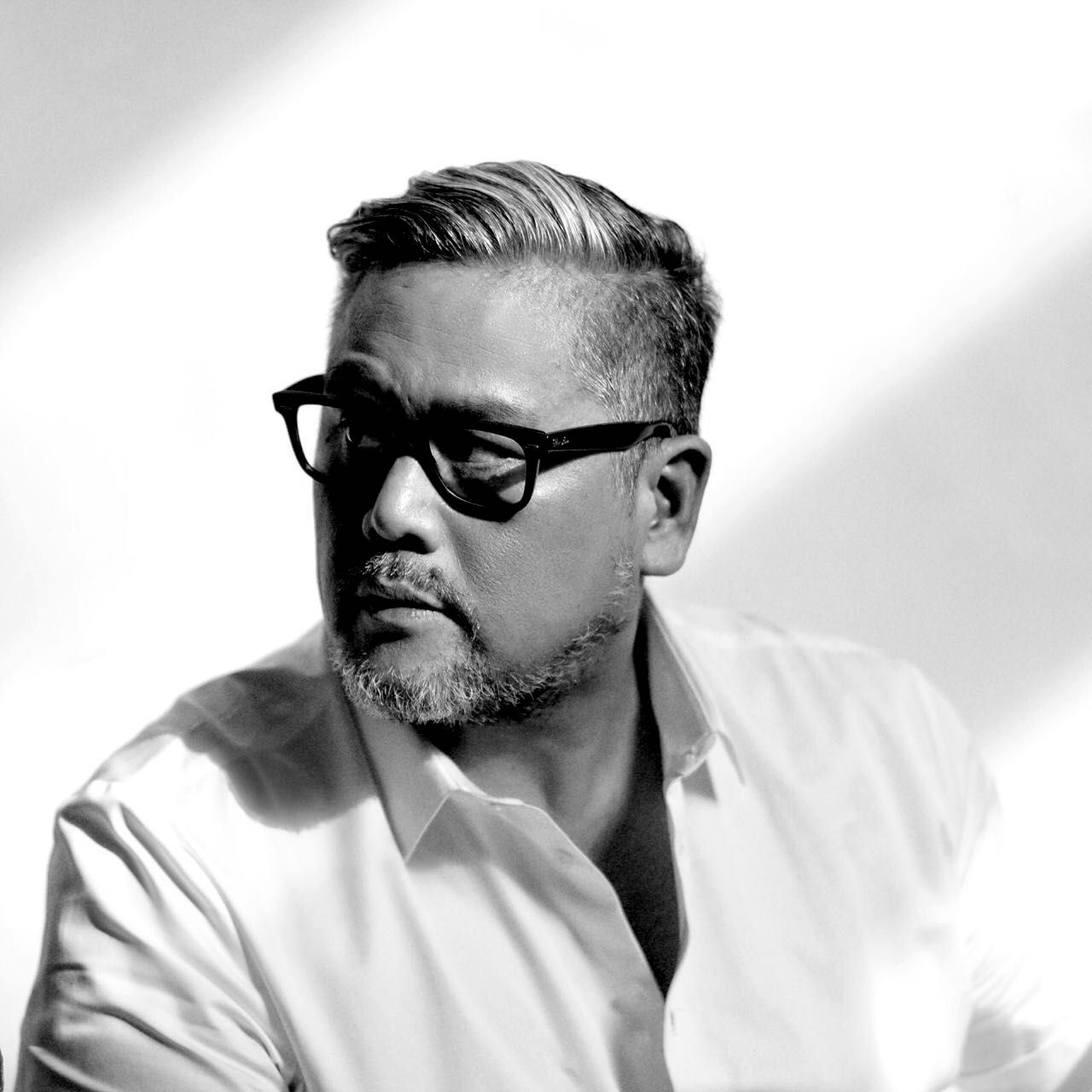
1) How did this idea of creating protective gear for frontliners come about? What (or who) inspired you?
This initiative really began with designer and friend Mich Dulce, and with my desire to help, I took on this big opportunity of doing something for our community.
2) What has been the biggest challenge you had to overcome to achieve this?
At first, the biggest challenge was getting approval for my skeletal team to operate at our Makati factory. We are currently in lockdown which makes mobility difficult, and then there is social distancing that we need to abide by. We created stringent protocols on hygiene from disinfecting the factory, to making sure our workers limit interaction with each other. We are moved to do everything we can with the limited resources we have, due to the strong need of our medical frontliners for sufficient PPE's or hazmat suits. After I received the right specifications to create the non-medical grade protective gear (an alternative for health workers), what we needed to do next, was source the right fabric and proceed with the technical construction. Amidst all these challenges, we have successfully created initial samples which can now be distributed to those who would like to produce and help.
3) What advice would you give those who would like to help in their own little way, but don’t know where to start?
For those who want to help, please share information on how we can get our hands on medical-grade materials so we can try and create proper PPE's that can be used by our medical frontliners. It is important that the PPE's we create can actually be utilised. For my co-designers, we will be sharing prototypes of the non-medical grade protective gear to everyone, very soon, so we can work effectively and efficiently. In addition to that, let's keep practicing social distancing and work from home as much as possible, while trying to conduct this project. It is a dangerous situation we are all in, there is no room for mistakes here, because if we create hazmat suits the wrong way, we can potentially be placing our frontliners in further danger.
